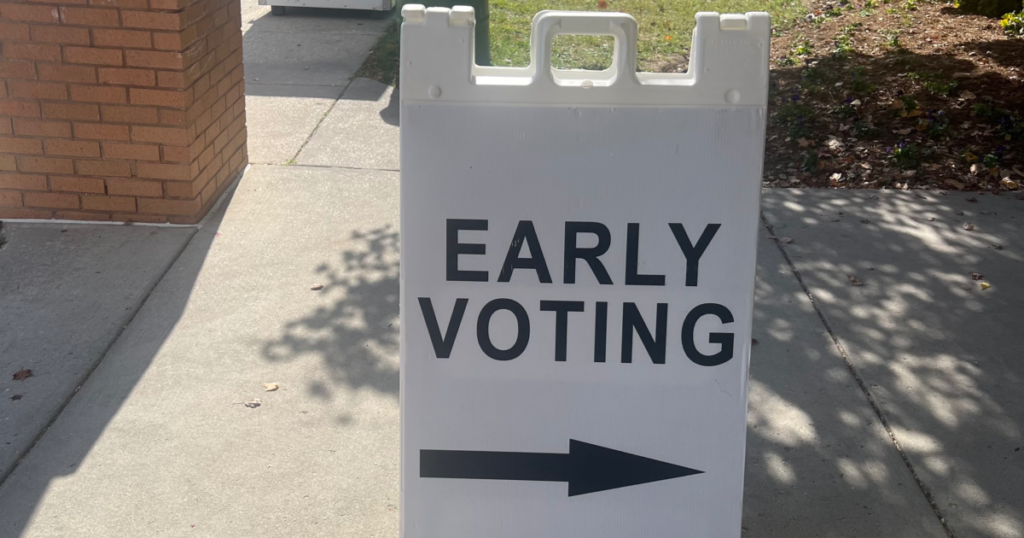As the presidential election approaches, early voting has seen a significant surge, with over 40.7 million Americans having already cast their ballots just eight days before Election Day. This year’s early voting landscape presents a notable shift from previous elections, particularly in key swing states such as Arizona, Nevada, and North Carolina. Historically, Democrats have dominated early voting in these regions; however, recent developments reveal that registered Republican voters have begun to outpace their Democratic counterparts. This shift is largely attributed to former President Donald Trump’s call for his supporters to embrace early voting, which has had a marked impact on voter turnout and party dynamics as the election draws near.
In Arizona, Republicans currently hold a 43% share of early votes compared to Democrats’ 35%, a significant reversal from the 2020 election when Democrats led with 41% while Republicans secured 34%. Similarly, North Carolina exhibits a transformation in early voting trends, with Republicans leading slightly at 34% to Democrats’ 33%. This is a considerable improvement from the 2020 election, where Democrats held a significant edge at 38% to 30%. The state of Nevada follows suit with Republicans now leading early voting at 39% against 35%, a shift from 2020 when Democrats commanded 41% of the early votes compared to Republicans’ 35%. The changes in these states reflect a growing enthusiasm among Republican voters as the election approaches.
The early voting trend also carries implications for Pennsylvania, where Democrats still lead with a notable advantage of 59% compared to Republicans’ 30%. Nonetheless, Republicans have observed a 10% increase in their early voting participation compared to the previous election cycle. This increment indicates a growing mobilization among Republican voters and a strategic effort to mitigate Democratic advantages in early voting. CNN has been actively tracking early voting statistics across the 36 states offering this option, providing crucial data to understand how the voting landscape is evolving and how it may impact the upcoming presidential race between Vice President Kamala Harris and former President Trump.
Recent years have seen an increase in early voting participation, particularly during the Covid-19 pandemic when historic levels of pre-election voting were recorded. This year is no exception, as early voting numbers are already reflecting high levels of engagement. CNN’s ongoing monitoring utilizes data from various sources, including Catalist, election officials, and Edison Research, to capture the trends shaping the election. The pattern of early voting suggests that while Democrats previously enjoyed wide advantages, there is a narrowing gap this year as more Republican officials encourage their voters to participate early.
This evolving situation poses questions regarding voter mobilization strategies and the potential impact on the final election results. The shift in early voting trends indicates that traditional patterns are being disrupted, and it suggests that the Republicans are making inroads in areas previously dominated by Democrats. While official early voting statistics by party are not available for states such as Michigan, Wisconsin, and Georgia, the information from accessible states showcases the significant changes at play as Election Day approaches.
Overall, the current landscape of early voting illustrates the dynamic nature of electoral participation in the United States. With a growing number of Americans opting to vote early and a notable uptick in Republican voter turnout in key battleground states, the outcome of the presidential election remains uncertain. The strategies employed by both parties, particularly in encouraging early participation, will likely shape the political narrative leading into November 5th. The changes in voter behavior observed this election cycle could signal a substantial shift in the political landscape as the country moves forward into a new chapter of its electoral history.

